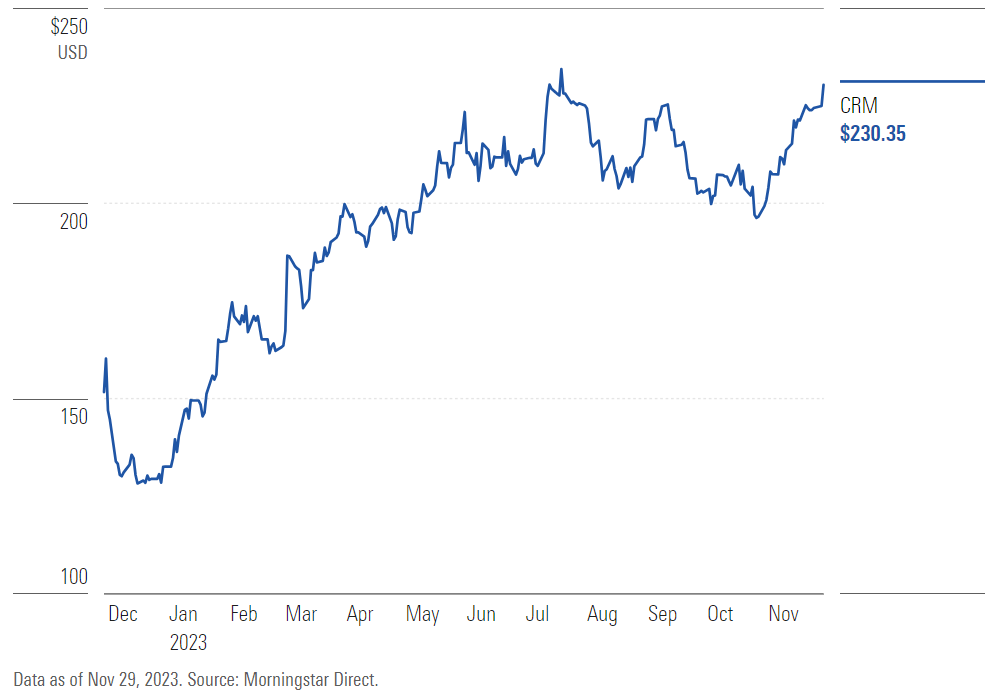Top 10 Tips For Evaluating The Data Quality And Sources Ai Analysis And Stock Prediction Platforms
For AI-driven trading platforms and stock prediction systems to give accurate and reliable insights, it is essential to assess the accuracy of the data they use. A poor quality of data could cause inaccurate predictions as well as financial losses. This can lead to mistrust for the platform. Here are 10 best tips to evaluate data quality and the source:
1. Verify the data sources
Check the source of the data. Make sure the platform uses trusted and reliable data providers, such as Bloomberg, Reuters or Morningstar.
Transparency. Platforms should make their data sources clear and updated regularly.
Avoid dependency on one source: Trustworthy platforms typically aggregate data across multiple sources to minimize mistakes and bias.
2. Check Data Freshness
Real-time and delayed data: Determine if a platform offers real-time data or delayed. The availability of real-time data is essential for trading that is active. Data that is delayed is adequate for long-term analyses.
Update frequency: Check how often the information is up-to-date (e.g. minute-by-minute hourly, daily).
Data accuracy of the past Make sure that data is uniform and free of any anomalies or gaps.
3. Evaluate Data Completeness
Look for missing information Look for tickers that are missing or financial statements, as well for gaps in data from the past.
Coverage. Make sure your platform has a wide range of stocks, markets and indices that are pertinent to you trading strategy.
Corporate actions: Ensure that the platform is able to be able to account for splits in stock or dividends. Also, make sure it is able to account for mergers.
4. Accuracy of test data
Cross-verify data : Check the platform's data with those from other reliable sources to ensure that the data is consistent.
Error detection - Search for outliers, incorrect prices or financial indicators that have not in line with.
Backtesting: You may use historical data to evaluate trading strategies. Check if they match your expectations.
5. Take a look at the data Granularity
Detail - Make sure you can get granular details such as intraday volumes, prices, bid/ask spreads, and the order book.
Financial metrics: Ensure that the platform is able to provide detailed financial statements such as the income statement, balance sheet and cash flow. Also, make sure it has key ratios such as P/E (P/B), ROE (return on equity) etc. ).
6. Check Data Cleaning and Processing
Normalization of data: To keep uniformity, make sure that your platform is able to normalize all data (e.g., by adjusting dividends or splits).
Outlier handling - Check out the way your platform handles anomalies or data that is outliers.
Missing Data Imputation: Determine whether the platform is using reliable methods in order to fill in data points that aren't there.
7. Examine data consistency
Make sure that all data is aligned to the same timezone. This will prevent any discrepancies.
Format consistency - Check to see if data are presented in the same way (e.g. units, currency).
Examine the consistency across markets: Check for consistency from various exchanges and/or markets.
8. Determine the relevancy of data
Relevance for trading strategies - Make sure that the data corresponds to your style of trading (e.g. quantitative modeling and quantitative analysis, technical analysis).
Features selection: See if the platform includes pertinent features (e.g. macroeconomic indicators, sentiment analysis and news data) that can help improve the accuracy of predictions.
Check the integrity and security of your data
Data encryption: Ensure that the platform is using encryption to safeguard data while it is transmitted and stored.
Tamperproofing: Ensure that data hasn't been altered or manipulated.
Compliance: Find out whether the platform is in compliance with data protection regulations.
10. Test the Platform's AI Model Transparency
Explainability: The platform must offer insight on how AI models make use of data to make predictions.
Verify that bias detection is present. The platform should actively detect and correct any biases that might exist in the model or in the data.
Performance metrics: Determine the accuracy of the platform by looking at its performance history, metrics, and recall metrics (e.g. precision or accuracy).
Bonus Tips
Feedback from users and reputation Review user reviews and feedback to assess the credibility of the platform.
Trial period. You can try an unpaid demo or trial to try out the platform and its features.
Customer support: Ensure that the platform offers robust customer support for issues with data.
These tips will help you evaluate the accuracy of data as well as the sources used by AI platform for stock predictions. This will enable you to make better informed decisions when trading. Read the recommended see about best ai trading software for site advice including chart ai trading assistant, ai trade, AI stock, ai for stock trading, ai investment platform, AI stocks, investment ai, ai for investment, AI stock trading app, ai investing and more.

Top 10 Tips When Assessing The Ai Trading Platforms' Educational Resources
It is important for users to review the educational tools offered by AI-driven trading and stock prediction platforms to be able to use the platform effectively, interpret the results and make informed choices. These are the top 10 suggestions to determine the quality and usefulness of these sources:
1. The most complete tutorials and guides
Tips: Check if there are user guides or tutorials for both beginners and advanced users.
What's the reason? Clear directions help users navigate the platform and understand the features of the platform.
2. Webinars and Video Demos
Find video demonstrations, webinars and live training sessions.
Why: Visual and interactive content can make complicated concepts easier to comprehend.
3. Glossary of the terms
Tip - Make sure that the platform has an explanation of the glossary and/or definitions of key AI and finance terminology.
The reason: This will help all users, but particularly those who are new to the platform, learn the terms.
4. Case Studies and Real-World Examples
Tip: Check if there are case studies and examples of the AI models being used in real-world scenarios.
Examples of practical use are used to demonstrate the effectiveness of the platform and allow users to connect to its applications.
5. Interactive Learning Tools
Tips - Search for interactive features like Sandboxes and quizzes.
Why? Interactive tools allows users to try and practice their skills without risking money.
6. Content that is regularly updated
Make sure that the educational materials are regularly updated to reflect the latest regulatory or market trends, new features and/or changes.
The reason: outdated information can cause confusion and incorrect usage.
7. Community Forums that provide Support
Search for forums that are active in communities or support groups that allow users to share their thoughts and ideas.
The reason Peer support and expert advice can help learning and problem-solving.
8. Programs of Accreditation or Certification
Check if it offers approved or accredited courses.
Why: Formal recognition of learning can add credibility and encourage users to increase their knowledge.
9. Usability, Accessibility, and User-Friendliness
Tip: Assess how accessible and user-friendly educational resources are.
Why? Easy access allows users to study at their own pace.
10. Feedback Mechanism for Educational Content
Check whether the platform allows users to give comments about the materials.
The reason: Feedback from users is helpful in improving the quality and relevancy of the content.
Learn in a variety formats
Make sure the platform has different formats for learning that will suit your different types of learning (e.g. text, audio, video).
If you take a thorough look at these factors, you can determine whether the AI trading and stock prediction platform provides robust educational resources to help you realize the potential of it and make educated trading choices. Follow the most popular AI stock predictions for more recommendations including ai trading tool, free ai tool for stock market india, best stock prediction website, AI stock trader, free AI stock picker, best AI stocks to buy now, stock predictor, trading ai tool, how to use ai for copyright trading, stock predictor and more.

Comments on “20 New Facts For Picking AI Stock Trading Sites”